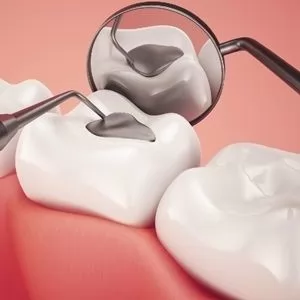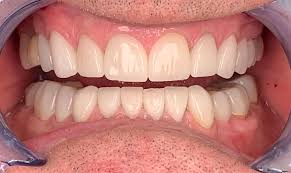Is Prophylaxis Dental Meaning Only About Clean Teeth?
Is prophylaxis dental meaning solely about the superficial appearance of clean teeth? Far from it. Beyond the aesthetic appeal, regular prophylaxis dental procedures contribute significantly to overall oral health. By removing plaque, tartar, and bacteria buildup, prophylaxis helps prevent cavities, gum disease, and other oral infections.
Prevention of Tooth Decay:
One of the primary advantages of prophylaxis dental meaning is its role in preventing tooth decay. By eliminating plaque and tartar, which are the primary culprits behind dental caries, prophylaxis reduces the risk of cavities, preserving the integrity of your teeth.
Gum Disease Prevention:
Periodontal diseases, such as gingivitis and periodontitis, can wreak havoc on oral health if left unchecked. Prophylaxis dental meaning encompasses preventive measures aimed at keeping gums healthy. Regular cleanings remove plaque and bacteria from the gum line, reducing the risk of gum disease and its associated complications.
Fresher Breath:
Bad breath, or halitosis, can be embarrassing and socially isolating. Prophylaxis dental procedures not only clean the teeth but also remove odor-causing bacteria from the mouth, resulting in fresher breath and increased confidence in social interactions.
Early Detection of Oral Issues:
Beyond cleaning, prophylaxis dental appointments involve comprehensive examinations by dental professionals. These examinations enable the early detection of oral issues such as cavities, gum disease, oral cancer, and other abnormalities. Early detection allows for prompt treatment, preventing the progression of potentially serious conditions.
Disadvantages of Teeth Cleaning
Tooth Sensitivity:
While prophylaxis dental procedures are generally safe, some individuals may experience temporary tooth sensitivity following a cleaning session. This sensitivity may occur due to the removal of plaque and tartar, exposing the underlying dentin layer. Although transient, tooth sensitivity can cause discomfort, especially when consuming hot or cold foods and beverages.
Gum Irritation:
In some cases, prophylaxis dental procedures may lead to gum irritation or minor bleeding, particularly if the gums are inflamed or sensitive. While this irritation is usually temporary and resolves on its own, it can cause discomfort and may require additional care, such as gentle brushing and rinsing with a mild saline solution.
Potential Damage to Dental Restorations:
While prophylaxis dental procedures are generally safe for natural teeth, they may pose a risk to dental restorations such as fillings, crowns, and veneers. Aggressive cleaning techniques or improper instruments can inadvertently damage these restorations, leading to the need for repairs or replacements. It is essential for dental professionals to exercise caution and use appropriate techniques when cleaning teeth with existing restorations.
Risk of Tooth Enamel Damage:
Although prophylaxis dental procedures aim to remove plaque and tartar buildup, excessive or aggressive cleaning can potentially damage the tooth enamel. Abrasive cleaning techniques or overzealous scraping can wear down the enamel, leading to increased tooth sensitivity and susceptibility to decay over time. Dental professionals must strike a balance between thorough cleaning and preserving the integrity of the tooth enamel.
Cost Considerations:
While prophylaxis dental procedures are an essential aspect of oral hygiene, they may incur costs that can be prohibitive for some individuals, especially those without dental insurance coverage. The frequency of dental cleanings recommended by professionals may vary based on individual oral health needs, leading to potential financial burdens for routine maintenance.
In conclusion, while prophylaxis dental meaning encompasses numerous benefits for oral health, including prevention of tooth decay, gum disease, and fresher breath, it is essential to consider potential drawbacks such as tooth sensitivity, gum irritation, and cost considerations. By weighing the advantages and disadvantages, individuals can make informed decisions regarding their oral hygiene practices and seek professional guidance to maintain optimal oral health.



